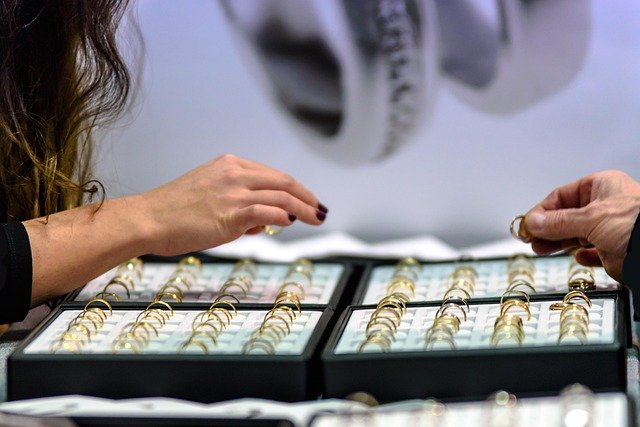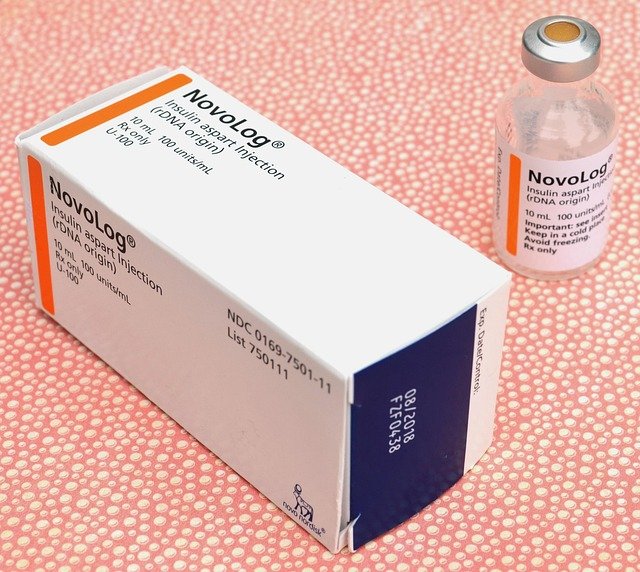Second Hand Gold Jewelry: A Complete Guide
Second hand gold jewelry offers an affordable and sustainable way to own beautiful pieces with history and character. Whether you're drawn to vintage designs, looking to expand your collection, or seeking quality pieces at lower prices, the pre-owned gold market provides diverse options. Understanding what to look for, how to care for these treasures, and how to style them effectively can help you make informed purchasing decisions and enjoy your jewelry for years to come.

The market for pre-owned gold jewelry has grown significantly as more people appreciate the value, craftsmanship, and sustainability of buying second hand. These pieces often carry unique designs no longer in production and can be acquired at a fraction of their original retail price. Navigating this market successfully requires knowledge about authenticity, quality indicators, maintenance practices, and styling approaches that complement your existing collection.
What Types of Second Hand Gold Jewelry Are Available?
The second hand gold jewelry market encompasses a wide range of categories. Rings remain among the most popular items, including engagement rings, wedding bands, cocktail rings, and signet rings spanning various eras and styles. Necklaces and chains come in diverse lengths and designs, from delicate vintage chains to statement pieces with pendants. Bracelets include bangles, charm bracelets, tennis bracelets, and cuff styles. Earrings range from simple studs to elaborate chandelier designs, while brooches and pins offer vintage appeal that has recently returned to fashion. Estate jewelry from specific periods like Victorian, Art Deco, or Mid-Century Modern carries distinct aesthetic characteristics. The gold content varies as well, with pieces available in 10k, 14k, 18k, and occasionally 22k or 24k gold, each offering different durability and color properties. Some pieces feature mixed metals or incorporate gemstones, pearls, or enamel work.
How Do You Check Quality and Authenticity in Pre-Owned Gold?
Verifying the authenticity and quality of second hand gold jewelry requires careful examination and knowledge of key indicators. Start by looking for hallmarks or stamps that indicate gold purity, typically found on the inside of rings, clasps of necklaces and bracelets, or posts of earrings. Common markings include 10k, 14k, 18k, or their European equivalents (417, 585, 750). However, worn pieces may have faded stamps, so additional verification methods are important. Examine the overall craftsmanship, including solder joints, prong settings, and clasp mechanisms for signs of quality work. Check for wear patterns consistent with genuine gold rather than plating that has worn through to reveal base metal underneath. The weight of the piece can provide clues, as gold is dense and should feel substantial. Color consistency throughout the piece is important, though some patina or tarnish on older pieces is normal. For significant purchases, consider having the piece tested by a professional jeweler using acid testing or electronic gold testing equipment. X-ray fluorescence testing provides non-destructive analysis of gold content. Request any available documentation, certificates, or provenance information that accompanies the piece. Be cautious of deals that seem too good to be true, as they often are.
What Care and Cleaning Methods Work Best for Pre-Owned Gold?
Proper maintenance ensures your second hand gold jewelry retains its beauty and value over time. For routine cleaning, prepare a solution of warm water with a few drops of mild dish soap. Soak the jewelry for 10-15 minutes, then gently scrub with a soft-bristled brush, paying attention to crevices where dirt accumulates. Rinse thoroughly under warm running water and pat dry with a soft, lint-free cloth. For pieces without gemstones or delicate components, you can use commercial gold cleaning solutions following manufacturer instructions. Avoid harsh chemicals, chlorine, and abrasive materials that can scratch or damage gold. Store pieces separately in soft pouches or lined jewelry boxes to prevent scratching from contact with other items. Remove gold jewelry before swimming, showering, applying lotions or perfumes, or engaging in activities that could cause damage. Have valuable pieces professionally cleaned and inspected annually by a jeweler who can check for loose stones, worn prongs, or needed repairs. Antique or vintage pieces may require specialized care to preserve their patina and historical integrity, so consult with experts familiar with period jewelry before aggressive cleaning.
What Styles and Designs Dominate the Second Hand Market?
Certain styles consistently appear in the pre-owned gold jewelry market, reflecting enduring popularity and quality craftsmanship. Classic solitaire engagement rings and simple wedding bands remain perpetually available and sought after. Rope chains, box chains, and figaro chains in various widths represent timeless necklace styles. Hoop earrings in different sizes and thicknesses consistently circulate in the second hand market. Vintage charm bracelets, particularly those from mid-20th century, attract collectors and enthusiasts. Art Deco pieces featuring geometric designs, filigree work, and contrasting materials command attention for their distinctive aesthetic. Victorian-era jewelry often incorporates intricate detailing, romantic motifs, and sentimental symbolism. Retro-era pieces from the 1940s typically feature bold, substantial designs with large gold volumes. Modernist and Brutalist styles from the 1960s and 1970s offer sculptural, abstract forms. Signet rings, whether plain or engraved, appear frequently across all time periods. Religious jewelry including crosses, medallions, and symbolic pendants maintains steady availability. Regional and cultural designs reflect diverse jewelry-making traditions and appeal to specific collectors.
How Can You Match Second Hand Gold with Your Existing Pieces?
Integrating pre-owned gold jewelry into your current collection requires consideration of several factors to achieve cohesive styling. Start by identifying the gold color of your existing pieces, whether yellow gold, white gold, or rose gold, though mixing metals has become increasingly acceptable in contemporary styling. Consider the karat weight and resulting color tone, as 10k gold appears lighter than 18k gold due to different alloy compositions. Match the scale and proportion of new pieces to your existing jewelry to maintain visual balance. If you wear delicate, minimalist jewelry, introduce second hand pieces of similar weight and presence. For those who prefer bold statement pieces, seek pre-owned items with comparable impact. Style considerations include whether you prefer matching sets or eclectic combinations that tell a personal story through varied pieces. Layering necklaces of different lengths works well when the chains share similar thickness and style. Stacking rings can combine vintage and modern pieces if they share complementary design elements. When mixing eras, look for common threads such as similar motifs, textures, or design philosophies that create visual harmony despite different time periods. Consider your lifestyle and wardrobe when selecting pieces, ensuring they complement your typical clothing styles and occasions.
Where Does Second Hand Gold Jewelry Fit in Your Collection Strategy?
Building a jewelry collection through second hand purchases offers both practical and aesthetic advantages. Pre-owned gold typically costs significantly less than comparable new pieces, allowing you to acquire higher quality or larger items within your budget. The environmental benefits of buying second hand reduce demand for newly mined gold and its associated ecological impact. Unique vintage designs provide individuality that mass-produced contemporary jewelry cannot match. Estate pieces often feature superior craftsmanship from eras when hand-finishing and attention to detail were standard practice. Investment potential exists for certain pieces, particularly those from renowned makers or representing significant design movements. The opportunity to own jewelry with history and provenance adds emotional and cultural value beyond the material worth. Starting with versatile, classic pieces provides a foundation that works across various occasions and outfits. Gradually adding distinctive vintage or period pieces develops a collection with personality and depth. Balancing timeless basics with unique statement pieces creates flexibility in how you wear and combine your jewelry.
Conclusion
Second hand gold jewelry represents an accessible entry point into owning quality pieces while supporting sustainable consumption practices. By understanding the types available, learning to verify authenticity and quality, implementing proper care routines, recognizing common styles, and thoughtfully integrating pieces into your existing collection, you can confidently navigate the pre-owned market. Whether motivated by budget considerations, environmental consciousness, appreciation for vintage craftsmanship, or the desire for unique designs, the second hand gold jewelry market offers rich possibilities for building a meaningful and beautiful collection that reflects your personal style and values.


